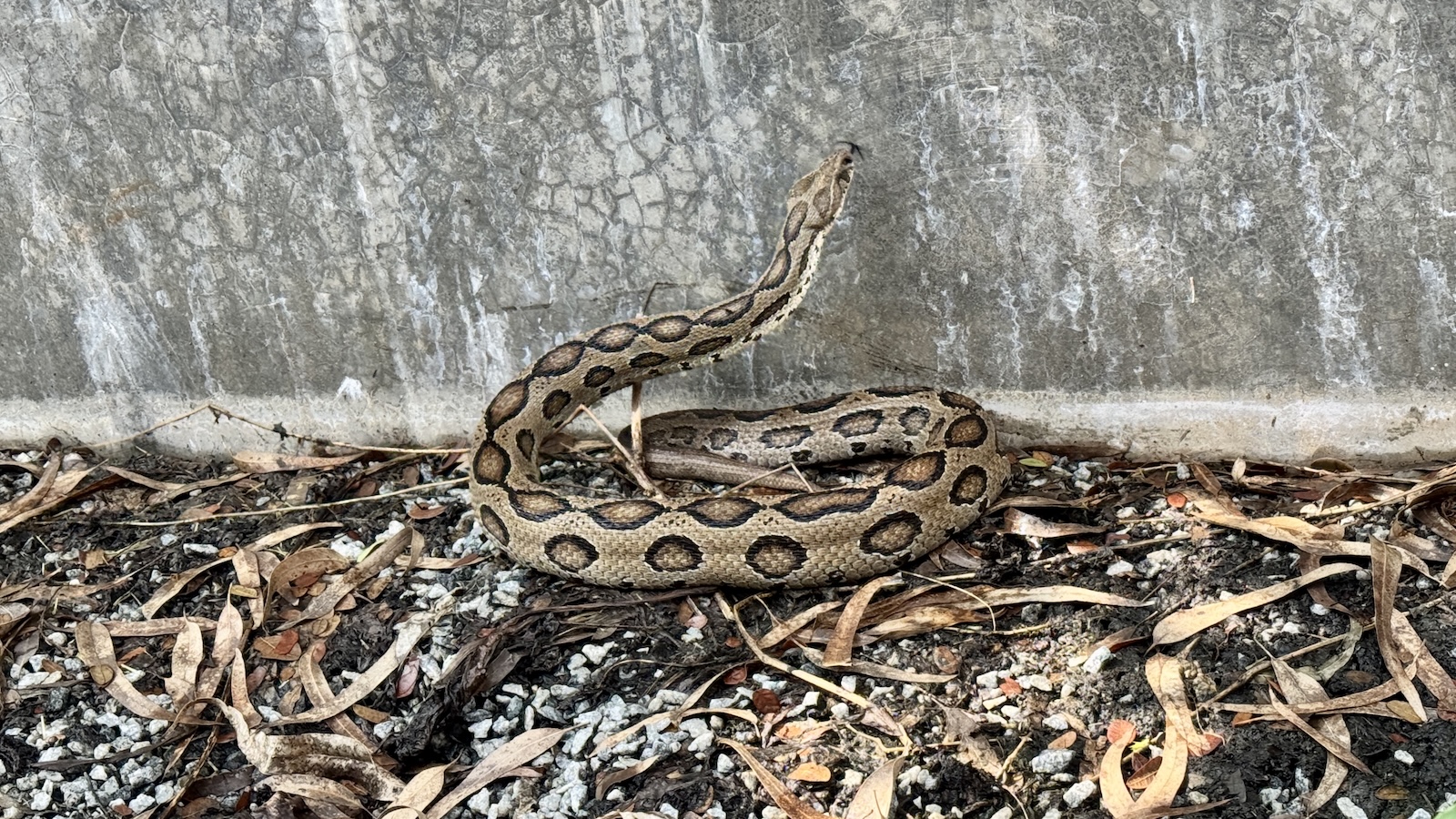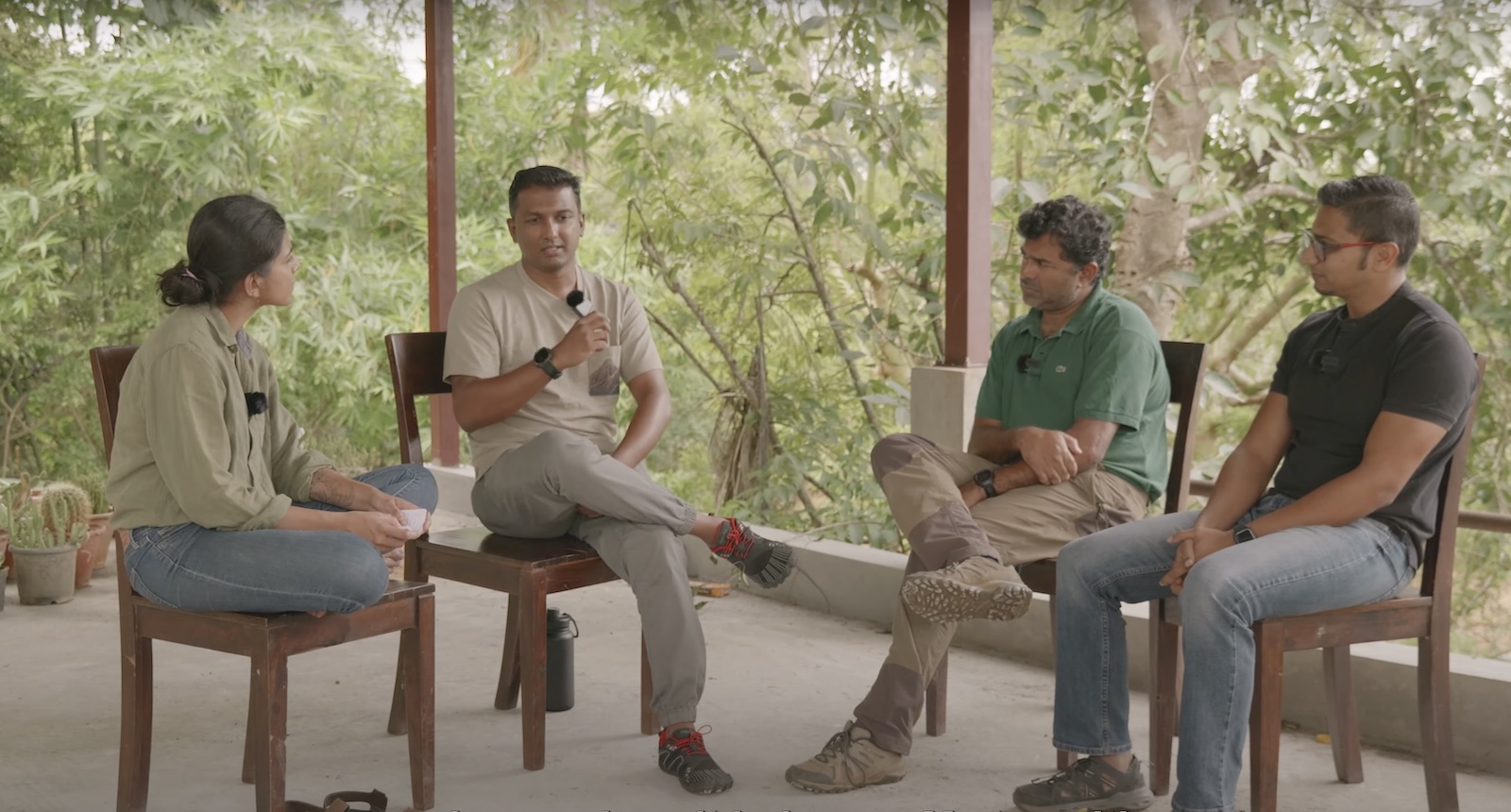Snake rescues can often be demanding and unpredictable, with each situation presenting its own unique challenges. A recent rescue involved a slightly large Russell’s Viper that had become trapped inside an STP tank. While extracting the snake from the tank was relatively straightforward, coaxing it into a bag proved time-consuming and delicate. After nearly 20 minutes of persistent effort, the viper was finally secured and safely released into a nearby suitable habitat.
Russell’s Vipers (Daboia russelii) are highly venomous snakes native to the Indian subcontinent and other parts of Asia. They are responsible for a significant number of snakebite incidents in their range due to their widespread presence and aggressive nature when threatened. These snakes are easily identifiable by their distinctive chain-like pattern along their bodies and their triangular heads. Despite their dangerous reputation, they play a crucial role in controlling rodent populations, making them an important part of the ecosystem.
This rescue highlights how no two snake rescues are ever the same. Each situation requires patience, skill, and adaptability, as the behavior of the snake and the environment can vary dramatically. Rescuers must always be prepared for the unexpected, ensuring both their safety and the safe release of the snake.
Russells Viper Fast Facts
- Venom: Russell’s Viper possesses highly potent hemotoxic venom, which can cause severe pain, swelling, tissue damage, and even life-threatening complications such as kidney failure or internal bleeding.
- Distribution: Found across the Indian subcontinent, parts of Southeast Asia, and China, they thrive in a variety of habitats, including grasslands, farmlands, and urban areas.
- Appearance: They have a distinctive chain-like pattern along their body, a triangular-shaped head, and keeled scales. Adults typically grow to about 4-5 feet in length.
- Behavior: Known for their defensive nature, they can become aggressive when threatened. They produce a loud, hissing sound as a warning before striking.
- Diet: Primarily feed on rodents, making them beneficial for controlling pest populations. They also consume lizards, birds, and small mammals.
- Reproduction: Russell’s Vipers are ovoviviparous, meaning they give birth to live young instead of laying eggs. A single litter can consist of 20-40 offspring.
- Medical Importance: Their bites are a leading cause of snakebite incidents in South Asia, and prompt medical treatment with antivenom is crucial for survival.
- Lifespan: In the wild, they can live up to 15-20 years, depending on environmental conditions and threats.
Rescue date: 21st October 2024.
For more such interesting facts and rescues by me, do subscribe to our newsletter now.




